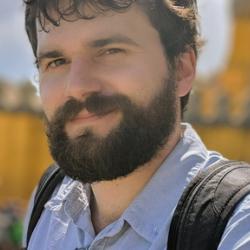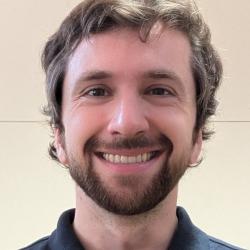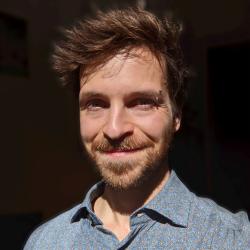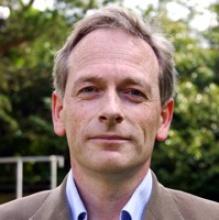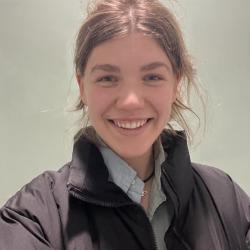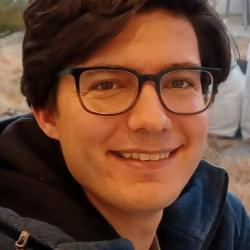In the framework of the hot big bang model, our Universe is expected to become almost neutral around 400,000 years after the big bang. On the other hand, we know from observations of quasar absorption spectra that the same Universe has become highly ionized by the time it is one Gigayear old. The reionization of the Universe is driven by radiation from first luminous sources (galaxies, stars, supermassive accreting black holes). Studying reionization will thus tell us how the first galaxies formed and how they looked like.
There are various ongoing and planned observational projects probing various apsects of reionization. One promising method is to detect the fluctuations in the neutral hydrogen density during the reionization era through its hyperfine transition using facilities like LOFAR, MWA, GMRT, CMA, HERA, SKA.
Researchers at KICC are using numerical simulations to generate realistic maps of 21 cm emission arising from the hyperfine transition. The neutral hydrogen distribution before reionization is expected to be complex and patchy and is best modeled with numerical simulations. Since very little is known about the detailed physical processes at such early epochs, we have to make different assumptions and then verify the assumptions by comparing with the data. Hence, we generate maps for various scenarios and try to get an idea how to distinguish between them from the data.
The picture shows a sample of a two-dimensional 21 cm map from our numerical simulations when the Universe is 75 per cent ionized. The ionized matter is represented by dark colour. The distribution of the ionized regions is quite patchy, with small neutral blobs residing within the ionized regions.

Through the tight links with the Battcock Centre for Experimental Astrophysics, research in this area at KICC is tightly linked to major 21cm reionization projects such as HERA and SKA.
People involved in this area are:



